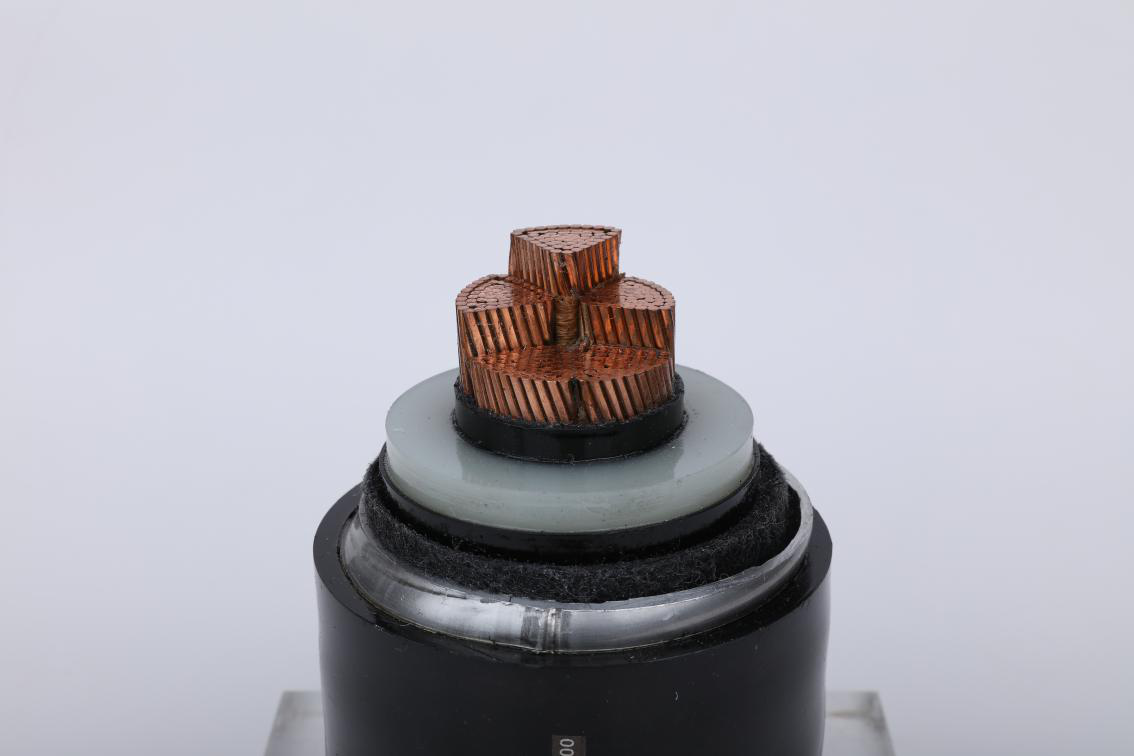
Everything in the world has its own properties and levels, not to mention that wire and cable product are widely used, a wide variety, even if you are in the industry, but also not all.
Today ZMS cable editorial this article, I hope to help you better find the cause of wire and cable damage.
What are the causes of wire and cable damage? Let's look at the next.
The power cable insulation is subject to thermal, chemical, and mechanical effects brought about by the accompanying electrical action, resulting in physical and chemical changes to the insulation medium, causing the insulation level of the medium to drop.
Intermediate joints or terminals due to the structure of the upper and lower seals or poor installation quality and insulation moisture.
Manufacturing cable package lead left sand holes or cracks and other defects will also make the cable moisture.
There are many causes of cable overheating.
The internal cause is the local heat caused by the freeing of the air gap inside the cable insulation, which causes the insulation to carbonize.
External causes are cables installed in cable-dense areas, cable tunnels, etc., cables worn in dry pipes, and cables close to pipes, which can accelerate insulation damage due to cable overload or poor heat dissipation.
It mainly refers to the cable damage caused by external forces.
This is mainly due to mechanical effects such as vehicle vibration, which deforms the cable.
Deformation of the cable leads to excessive bending, which damages the inner insulation or causes air gaps inside the insulation.
Due to the electrolytic action or chemical action to make the cable lead package corrosion, due to the nature and degree of corrosion, the lead package with red, yellow, orange, and yellowish compounds or sponge-like fine holes.
Atmospheric overvoltage and internal overvoltage cause the breakdown of the cable insulation by stressing it beyond the permissible value.
Moreover, analysis of actual faults shows that many outdoor terminal head failures are caused by atmospheric overvoltages.
Generally for the intermediate joints, terminal head design, and production process issues.
Damage to the inner insulation or impurities such as particles and dust on the surface of the insulation when stripping the semiconductor.
Poor sealing of the cable head, so that there is moisture inside the insulation, resulting in moisture in the insulation.
The cable joint process is not standard, and the sealing is not standardized, resulting in grounding.
The humidity of the production environment is high, causing moisture in the insulation integrity of the production part (cable head).
There is an error in cable grounding, causing the grounding wire to form a loop current or break.